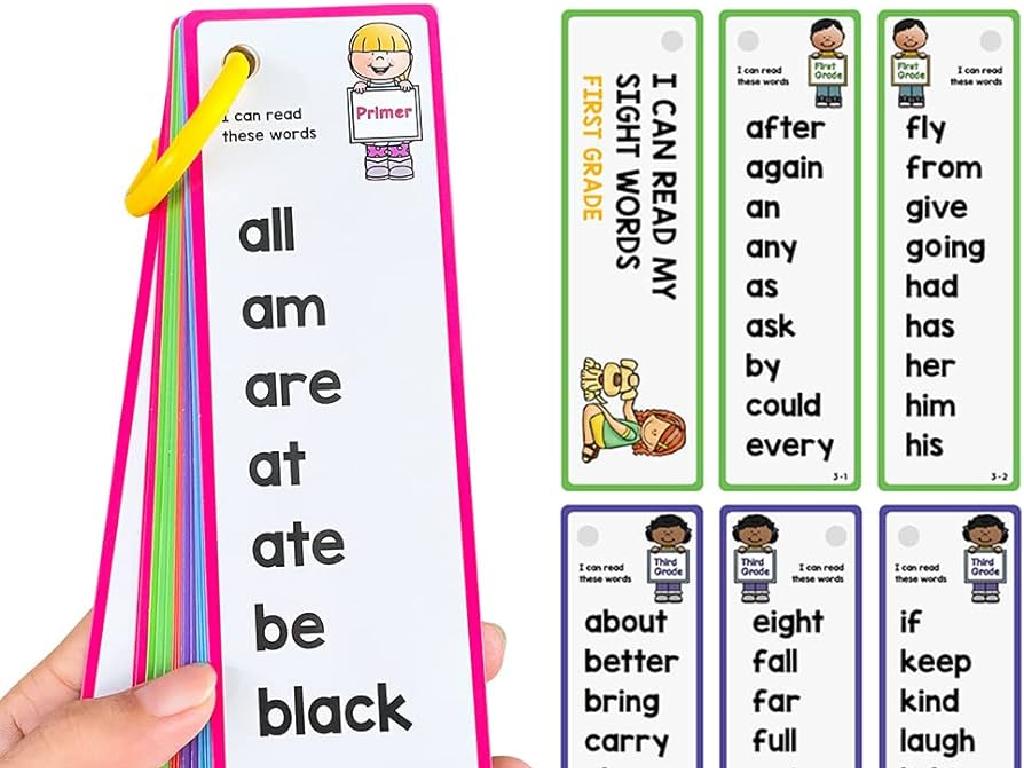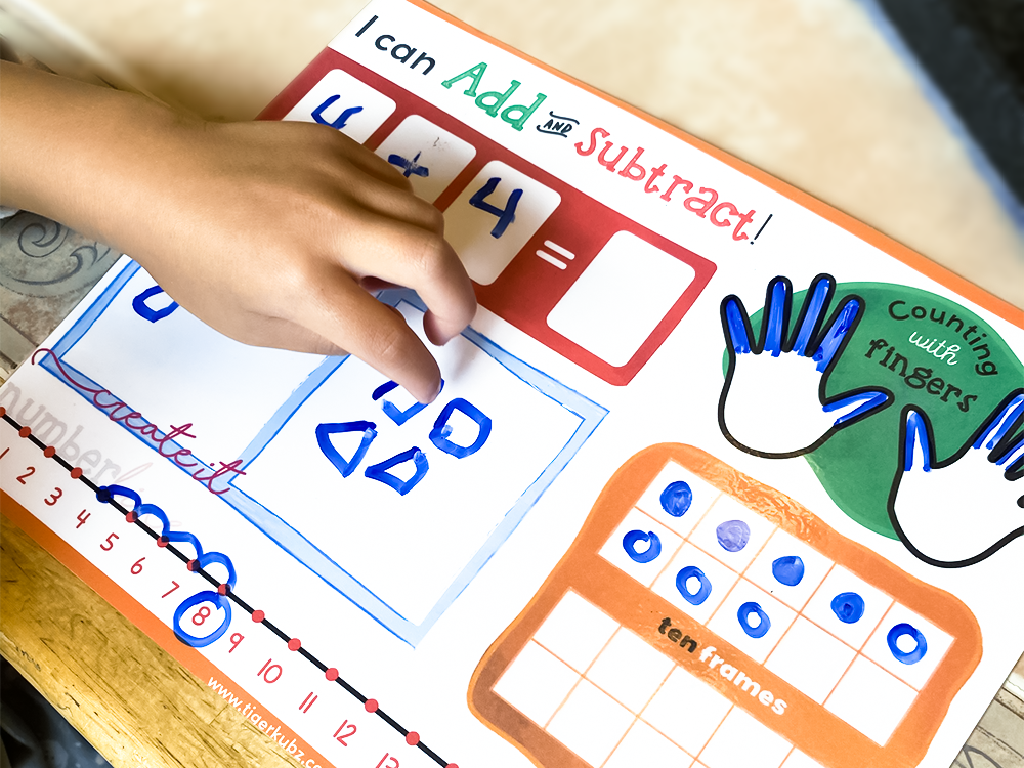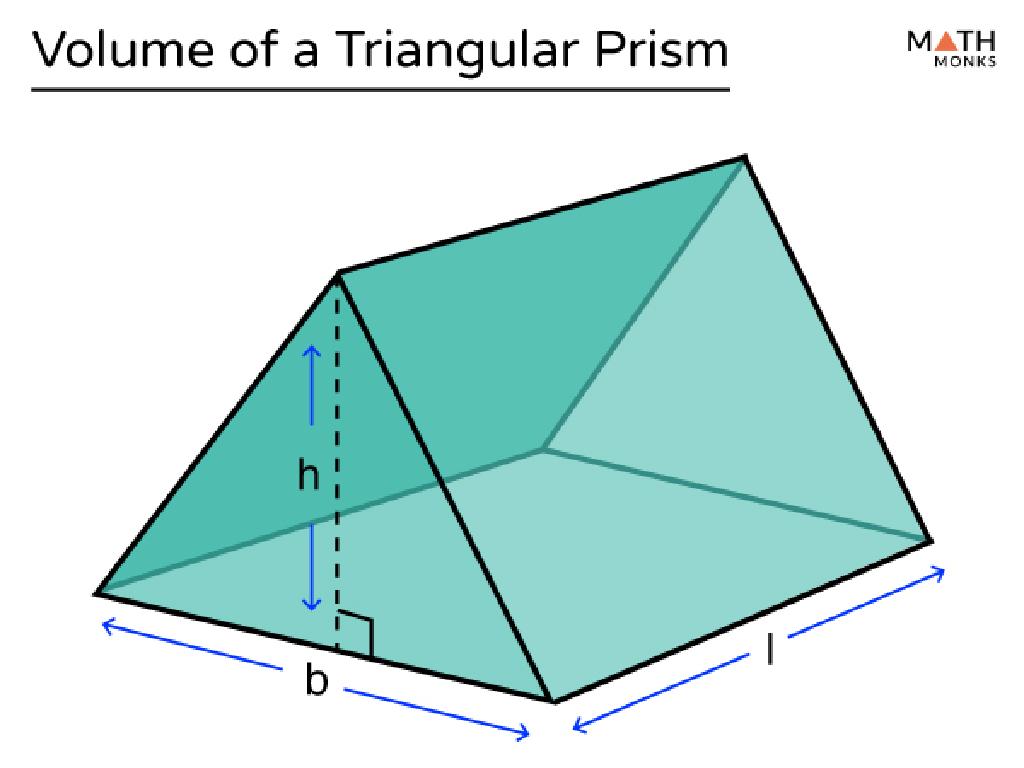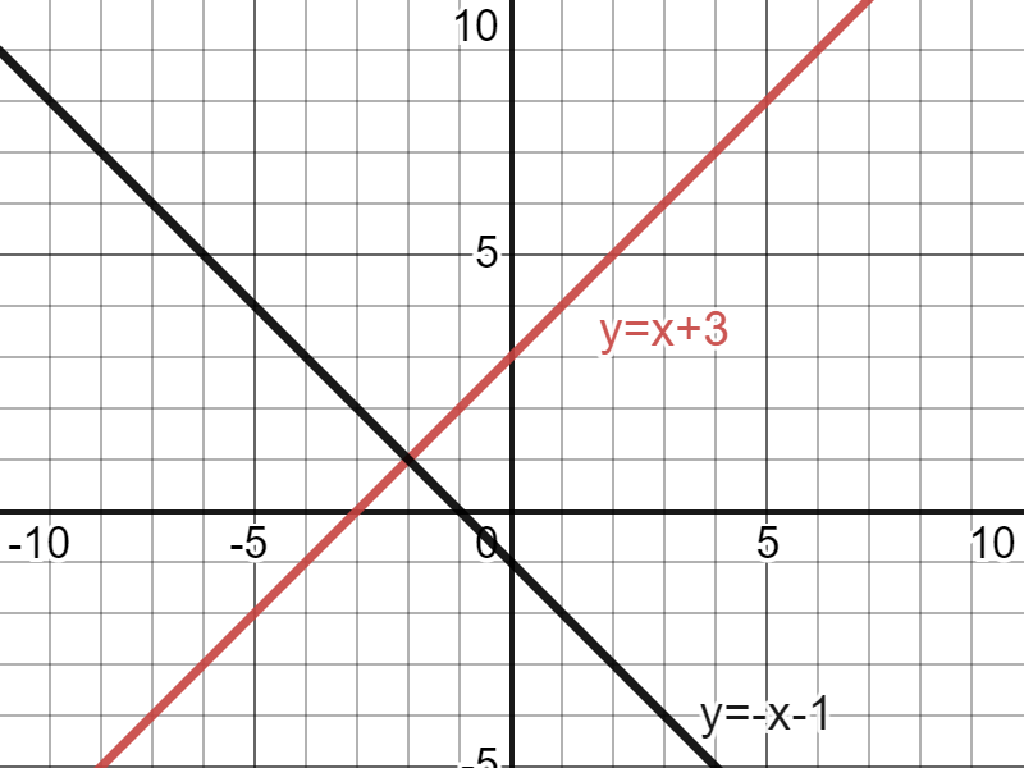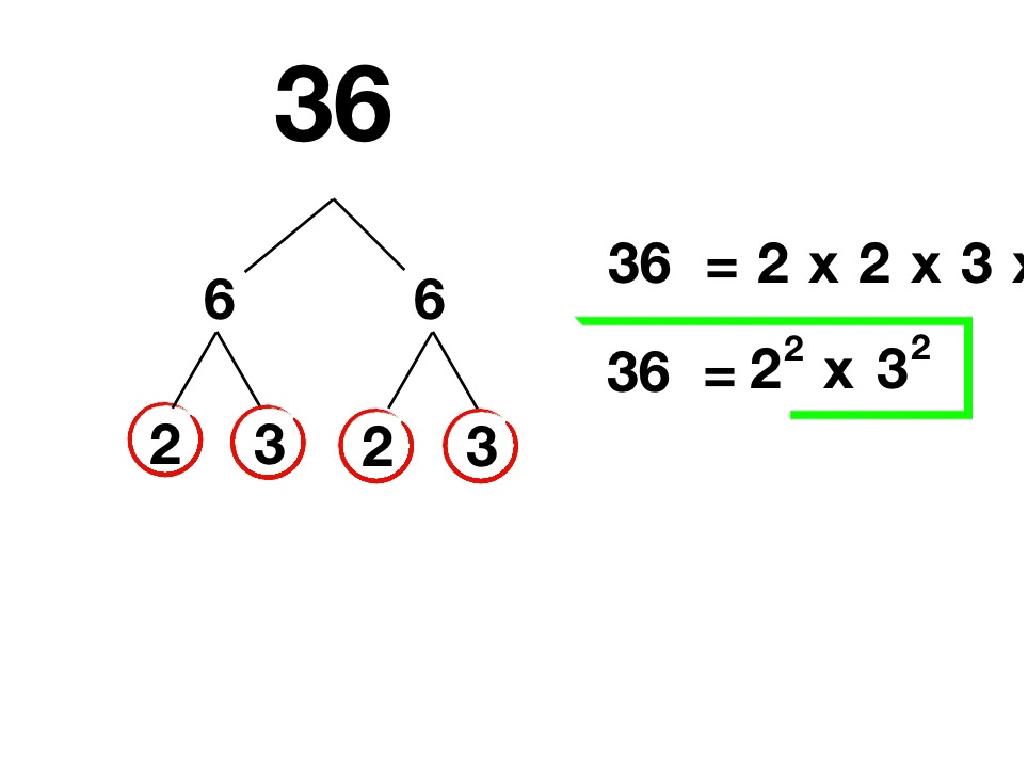Equal Sides
Subject: Math
Grade: First grade
Topic: Two-Dimensional Shapes
Please LOG IN to download the presentation. Access is available to registered users only.
View More Content
Welcome to Shapes: Equal Sides
– Learning about equal-sided shapes
– Naming shapes in our environment
– Look for squares, triangles on objects around
– Recognizing shapes can be fun
– Shapes like squares have all sides equal
– Understanding shapes around us
|
This slide introduces the concept of shapes with equal sides to first graders. Start by explaining what equal sides mean – that all sides of the shape are the same length. Encourage the children to look around their classroom or home to find objects that match the shapes they are learning about. Use common objects like books, tiles, or clocks to illustrate shapes with equal sides such as squares. Emphasize that learning about shapes is not only educational but also enjoyable. Engage the students by asking them to name shapes they encounter in their daily lives. This will help them connect the concept of equal sides to real-world objects, making the learning experience more tangible and memorable.
Exploring Equal Sides in Shapes
– Equal sides have the same length
– Shapes can have sides that are equal or different
– Let’s find shapes with equal sides
– Like squares have four sides that are all equal
– Practice by comparing side lengths
– Use objects like blocks or strings to measure and compare
|
This slide introduces the concept of equal sides within two-dimensional shapes. Begin by explaining that when we talk about equal sides, we mean that the lengths of the sides are the same. Show examples of shapes like squares, where all sides are equal, and rectangles, where opposite sides are equal. Encourage students to observe and compare sides of various shapes to identify if they are the same or different. Provide hands-on activities where students can use objects to measure and directly compare the lengths of sides. This will help them understand the concept of equal sides in a tangible way.
Meet the Square: Equal Sides
– A square has four equal sides
– Each side is the same length
– Counting a square’s sides
– Let’s count: 1, 2, 3, 4 sides!
– Finding square objects
– Look around for square-shaped items
– Squares in our classroom
|
This slide introduces students to the concept of a square and its defining characteristic of having four sides of equal length. Encourage the students to visually identify and count the sides of a square together. Then, engage them in a fun activity to find objects around the classroom that are square in shape. This will help them connect the concept to real-world objects they interact with daily. The activity fosters observational skills and reinforces the geometric concept of a square. Remember to praise their efforts and confirm the correct identification of square objects.
Triangles Can Have Equal Sides Too!
– Triangles with 3 equal sides
– Equilateral triangles
– Equilateral means ‘equal sides’
– Let’s draw equal-sided triangles
– Use a ruler to make all sides the same
– Discovering equal sides
– Observe and compare different triangles
|
This slide introduces first graders to the concept of equilateral triangles within the broader topic of two-dimensional shapes. Start by explaining that while triangles can have sides of different lengths, some special triangles have all three sides that are exactly the same length; these are called equilateral triangles. Encourage the students to draw their own triangles with a ruler to ensure the sides are equal. This hands-on activity will help them understand the concept of equality in sides. After drawing, ask the students to compare their triangles with each other to reinforce the idea of equal sides. This activity will serve as a foundation for understanding symmetry and congruence in shapes.
Circles Are Special
– A circle is a round shape
– Points on a circle are equally far from the center
– Imagine a pizza: all crust pieces are equally distant from the middle!
– The radius is a line from the center to the edge
– Radius is like a piece of string from the middle of a spider web to the outside
– We can measure the radius with a string
– We’ll use a string to see how long the radius is!
|
This slide introduces the concept of a circle to first graders, emphasizing that while it doesn’t have sides like other shapes they know, it’s still important. Explain that all points on the edge of a circle are the same distance from the center, which is why it’s always round. Introduce the term ‘radius’ and demonstrate how to measure it using a string. This hands-on activity will help students understand the concept of radius in a tangible way. Encourage students to ask questions and to try measuring the radius of different circular objects around the classroom or at home.
Detective Time: Finding Equal Sides
– Be a shape detective in class
– Find shapes with equal sides
– Look for squares and rectangles
– Check tables, windows, books
– Remember, equal sides are the same length
– Share your findings with everyone
|
This slide introduces a class activity that encourages students to explore their surroundings and identify two-dimensional shapes with equal sides. The activity is designed to help students recognize shapes in everyday objects and understand the concept of equal sides in a practical context. As a teacher, facilitate the activity by guiding the students on where to look and what to look for. Encourage them to observe their tables, windows, and books to find shapes like squares and rectangles where sides are of equal length. After the exploration, create a sharing time where each student can discuss their findings. This will reinforce their understanding and allow them to learn from each other’s observations.
Class Activity: Shape Hunt
– Let’s go on a shape hunt!
– Find shapes with equal sides
– Look for squares and equilateral triangles
– Draw the shapes you find
– Use your notebook to sketch the shapes
– Work in pairs to spot shapes
– Two heads are better than one for finding shapes!
|
This activity is designed to help students recognize and understand shapes with equal sides in a fun and interactive way. Take the students around the school and encourage them to observe their environment for shapes that have equal sides, such as squares and equilateral triangles. Provide them with notebooks or drawing pads to sketch the shapes they find. Encourage collaboration by pairing students up, which will help them learn from each other and provide support. As they work, visit each pair to offer guidance and ensure they understand the concept of equal sides. After the hunt, reconvene in the classroom to discuss the shapes they found and draw them on the board, reinforcing the day’s lesson.
Shape Hunt Success!
– Congratulations on the shape hunt
– Recognizing shapes with equal sides
– Squares and equilateral triangles have equal sides
– Shapes are fun and everywhere
– Keep exploring shapes in daily life
– Look for shapes at home, in class, outside
|
This slide is a celebratory conclusion to the shape hunt activity. It reinforces the lesson on identifying two-dimensional shapes with equal sides, such as squares and equilateral triangles. Emphasize the ubiquity of shapes in the world around us and encourage the students to continue observing and finding shapes in their environment. This will help solidify their understanding and make learning more interactive and enjoyable. As a follow-up, consider assigning a simple at-home activity where students can draw or find objects that match the shapes they’ve learned about.

